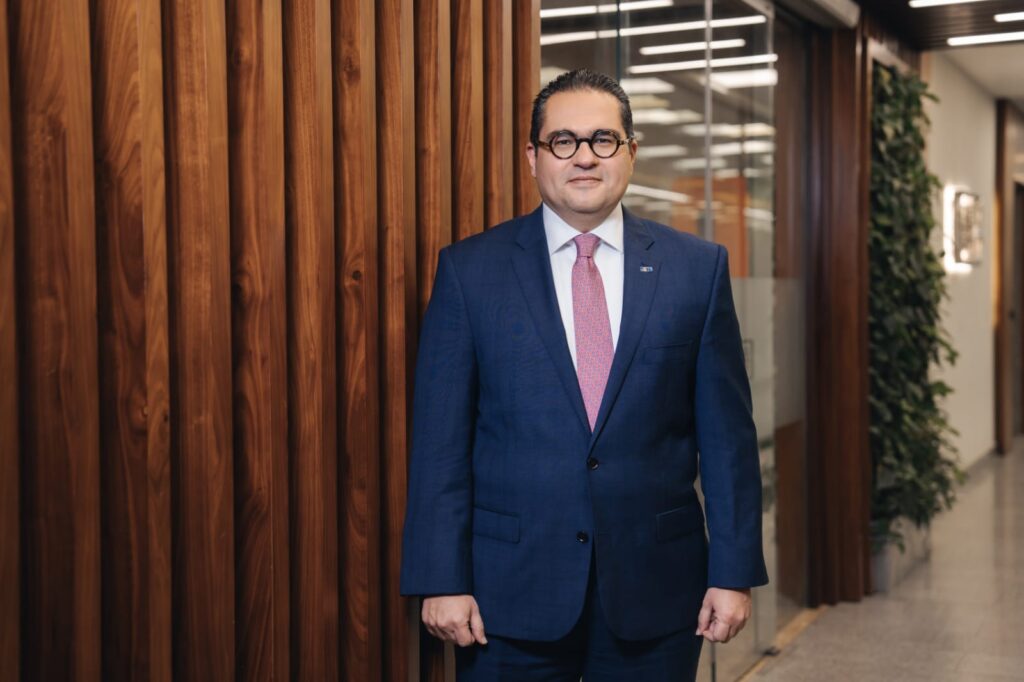Islam Zekri, Group Chief Financial Officer of Egypt's International Commercial Bank (CIB), highlighted the bank's commitment to a sustainable economy. CIB aims to stabilize the per capita share of gross domestic product (GDP) across Africa by focusing on green assets. Notably, CIB's green assets account for 12%, a significant commitment even though this percentage is well below the global average of 1%.
Zekri, who was participating in the 'Mitigating Climate Risks: The Role of Financial Institutions' symposium held on the sidelines of the Kenya Wall Street event, said CIB strives to invest in understanding its customers, which is why it created the D-Square framework, which relies primarily on data to understand the nature of its customers and ensure that its offers to them are attractive in terms of transaction costs etc, making the bank overall more attractive to prospective customers.
“This framework is our gift to Africa to create more balanced businesses and provide attractive products to customers, which will enable them to make more profits without introducing additional financial risks to the general economy,” he said.
Zekri also noted that CIB is beginning to embed ESG into its business operations in order to deliver positive benefits to shareholders and the economy, creating a win-win situation for everyone.
He also explained that the bank is working to turn green finance into a personalized product, offering solar energy financing loans, helping customers switch to cheaper energy and encouraging the use of renewable energy, which from a technical standpoint is an alternative way of meeting the same needs but in a more cost-effective way.
He explained that the bank seeks to mirror the value it can create for leading construction companies by leveraging opportunities and human capital capabilities through a group of well-trained and competent consultants.
Zekri further explained that there are two kinds of trends. One is mainly focused on the governance aspect, reporting the percentage of green assets, adhering to the percentages of TCFD, EGRD, etc. This is a fairly strict approach, but it can create added value. The other approach revolves around addressing the issue as a banker. “We try to create added value for all our partners and stakeholders, not just in Egypt or Kenya, but wherever we are serving our clients. We have regulatory frameworks, environmental, social and governance frameworks,” he said.
He added: “Technically, I think we need to develop a global standard, a global code or a globally accepted standard on green finance or sustainable finance.”
Zekri noted that the data and percentage classification will inform digital reporting of green standards around the world, so everyone needs to know what to do, what not to do and how the process is organized. “Even within the same country, you can easily see conflicting opinions,” he said. Moreover, if you look at the classification with the European Central Bank data, you can see that there is about a 30% to 40% discrepancy not only in which industries are classified as harmful, but also in how those industries are treated and how the weights of those industries are calculated, making this global framework essential.
According to Zekri, the main issue is not to direct funds to Africa, but to create a climate-risk-free future. Moreover, funds from development funds must have some allocation mechanism, especially regarding environmental, social and governance issues. Zekri emphasizes that incentives are needed, as well as identifying appropriate and future opportunities to direct funds to Africa.


